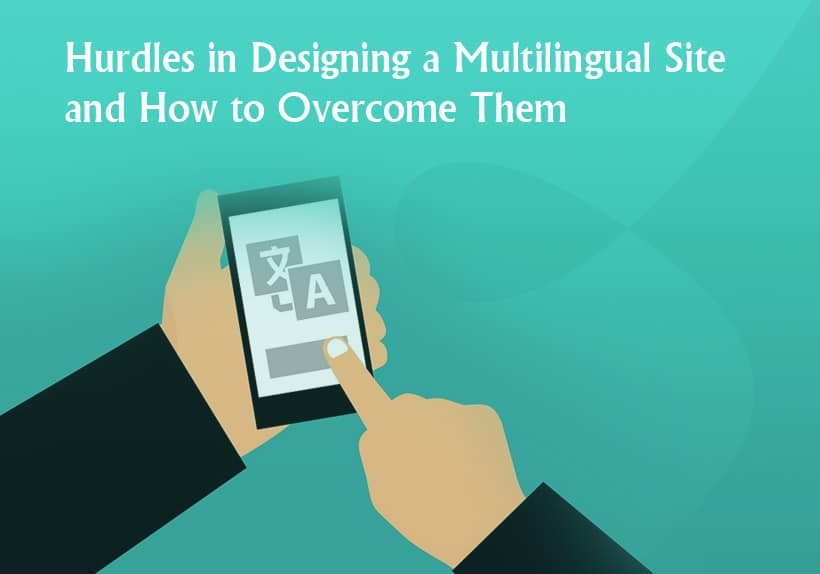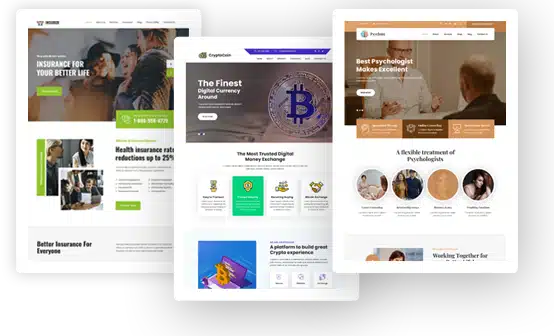Hurdles in Designing a Multilingual Site and How to Overcome Them

A website conveys its information through written content. Videos and graphics can be used to help carry a site’s message but at the end of the day, written content is still king. This is why language is an integral part of website design.
Now, if you want to expand the reach of your site, you need to consider making it a multilingual one. This is the way that you can reach more people with your message.
But building a multilingual site is never an easy path. There are a lot of hurdles along the way that can hinder your progress. We have listed here some of the problems which you can face when building a multilingual site and some of the things that you can do to overcome them.
Why a Multilingual Website Design Is Necessary
Why build a multilingual site in the first place?
As of 2022, there are almost 1.5 billion people around the world who speak English. That includes the native speakers and those who speak English as a second language.
You might suppose that should be enough for your audience, even if you’re trying to go international. The truth is that trying to reach your audience in their own language is very effective.
Based on a 2020 survey of over 8,700 consumers from different countries around 76% of consumers prefer to buy products that have information in their own language. Also, 40% say that they will never buy a product from a site that has information in other languages.
Those are compelling reasons for you to try and build a multilingual site.
Multilingual Website Design Challenges and How to Overcome Them
You’re convinced that making your site multilingual is the way to go. You’ve decided to go ahead and revamp your site so it will be multilingual.
Now, you should be ready to face the design challenges that you will be facing.
We have listed here the most common design issues of multilingual websites that you should be aware of.
Should You Use Machine or Human Translators
The first hurdle that you will face when designing a multilingual site is what method you will use in the actual translation.
There are plugins available now that can automatically translate the content of the site. It does it instantly, once the plugin is installed. That would be the fastest and most convenient means of getting your website content translated.
The problem with relying on plugins is the accuracy and the quality of the translation. One solution is to use machine translation, such as Google Translate the website content. This process will take up so much more time than plugins. Still, others will take issue with the quality of the translation that this method will produce.
Many would say that the best solution to a multi language website is human translation. This means a human translator will take the content in the main site language and then convert the website text into the target language. Getting help from a website translation service backed by a network of experienced language specialists makes sense for someone building a multilingual site like you, because you are sure to find someone who is not only fluent in the languages involved but is knowledgeable in the industries involved as well.
For example, with a human translation firm, you can find someone fluent in English and Spanish, who is also knowledgeable in marketing, which is what your content is about.
Where to Place the Language Option
The placement of the language option on the site is crucial. Some have tried to make this automatic by displaying site content based on the location of the user. But this is hardly satisfying because location does not necessarily indicate the language of the user.
The best solution is to leave it up to the user to switch to the language of their choice. The question now is where to place the option. Some prefer to have it at the top of the site, above the navigation bar. Others place the language toggle at the bottom of the page.
The usual practice is to have a drop-down menu to show the language options that are available. You can also use map icons to indicate the corresponding language option for the site language.
Choosing the Languages
Another problem commonly encountered with multilingual video website design is the choice of the actual languages that you will use.
If you are clear about your target market and the countries where you want to have a presence then you will have an easier time choosing the language to use. If you have too many languages that you want to target, then prioritize the ones which are most widely spoken by your audience.
Localizing the Content
Creating a multilingual web design is not just about translating the content. For example, your website may have a Spanish version but it might not connect with Mexicans who visit it. That’s because the content still has to be localized to match the culture and beliefs of the market.
This is where getting help from a human translation services provider will come into play. A skilled translator will know how to match the content to a region, location, or culture. It’s just one of the benefits of human translation.
Dealing with Special Characters
Other languages have different characters which are rarely if ever used in English. These special characters can cause problems in the website layout and design if there are too many of them in the translated version.
The best way to handle these characters is to consider them right from the start when the original content is being written.
Building Different Site Versions
When a website uses plugins to translate the content it goes to the same domain. Ideally, you should use different websites for each language version. That will be better for the overall search engine optimization.
It will take longer to build separate sites and you will need professional human translation services but in the long run, it will be more effective.
These are just some of the hurdles that you may face when you are building a multilingual web design. There are some best practices that you can follow which have proven to be effective in the past. Perhaps the main lesson to keep in mind is to stick with using a human translation service for the content that you need.

